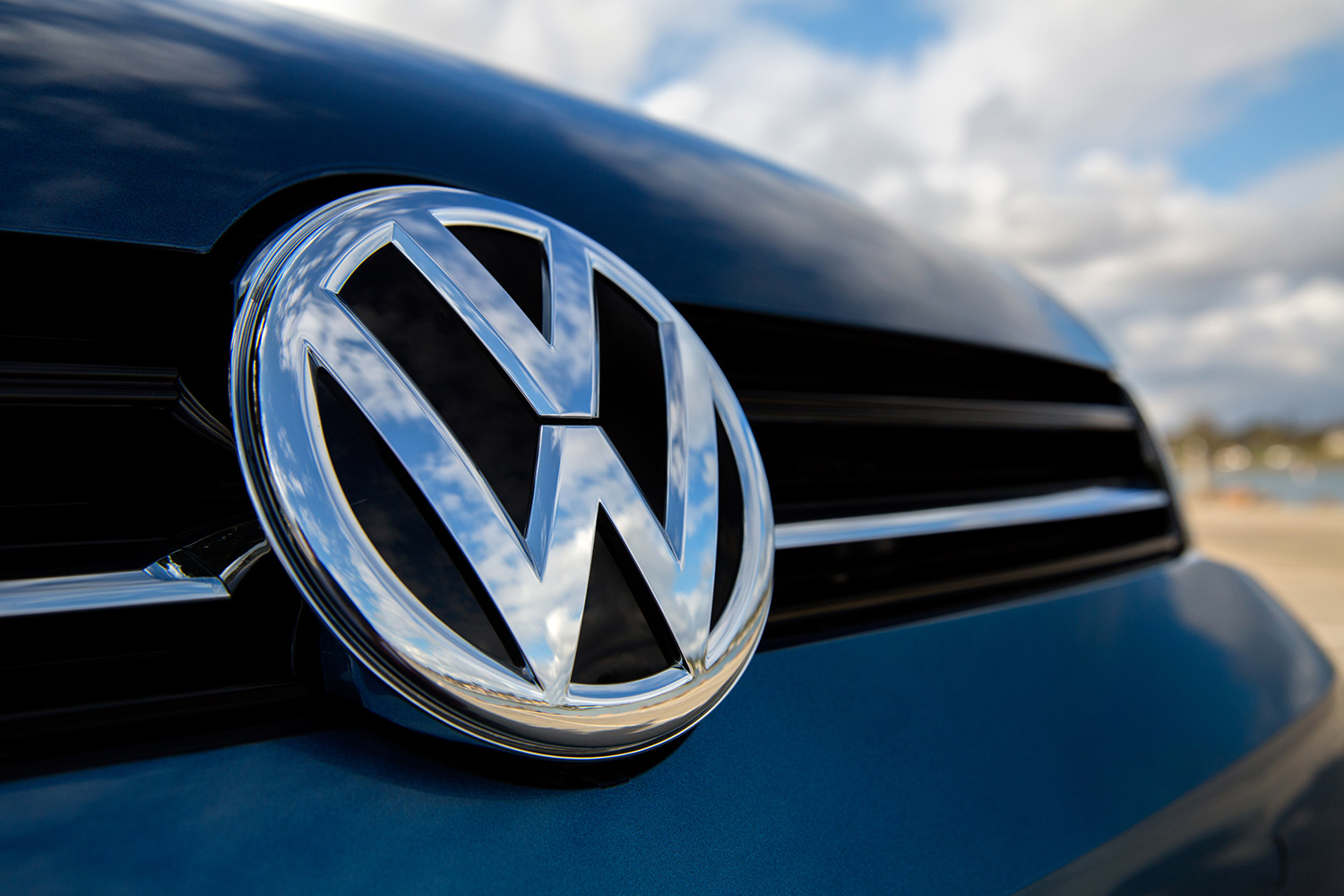Here are the most indebted car manufacturers

Five of the top ten most indebted companies are in the auto industry. Here are names and numbers in the in-depth study by Mario Lettieri and Paolo Raimondi
There is no doubt that the pandemic has put many businesses in serious difficulty. In particular those of small and medium size, which need concrete and fast support. However, it is necessary and appropriate to clearly distinguish them from those larger companies that in the past have profited by speculatively creating the very dangerous bubble of the so-called corporate debt. The latter, coincidentally, are today in the front row asking for state aid.
The American company Janus Henderson, one of the largest in the world in the management of capital with nearly 300 billion dollars in assets under management, recently published its first annual report, the Jdcdi, Corporate Debt Index. The company is headquartered in London but is listed on Wall Street. The index involves 900 of the largest international non-financial and non-real estate corporations. It is mainly focused on the corporate bond sector, that of bonds.
Corporate debt, as well as through the issuance of bonds, can also be increased with other vehicles, including bank loans. The latter system, for example, is certainly prevalent in Europe, Japan and other Asian countries. The other possibility is the issue of new shares. However, it is generally considered to be more expensive and politically more complicated than issuing new debt obligations.
According to the Index, in 2019, without Covid, therefore, corporate debt in bonds, net of cash, had reached a record total of 8,300 billion dollars with an annual increase of 625 billion, equal to 8.1%. Alone, 25 corporations increased their debt in bonds by 410 billion. The US holds 51% of the total and the European Union 23%. In Europe, Germany has 38%, Italy 9%.
According to the Standard & Poors agency, the corporate bond market alone would be around 13 trillion dollars globally, three-fifths of which in the US. The aforementioned sum does not consider the liquidity present in certain companies. In fact, some American corporations, such as Google's Alphabet with 104 billion in cash, are overflowing with liquidity, so the debts are certainly larger.
The most indebted company is the German Volkswagen, with an exposure almost equal to the debt of nations such as South Africa and Hungary.
Five of the top ten most indebted companies are in the auto industry. German carmakers VW, Daimler and BMW together have $ 762 billion in corporate debt. It is no coincidence that Germany is second in the list by nations, after the USA.
The debt of Italian companies included in the index grew more slowly. The utilities sector is the one with the highest debt.
The aforementioned report estimates that in 2020 the increase in corporate debt will be over one trillion, 12% more! 2020 will be a horrible year as a sharp fall in profits is expected and, consequently, greater difficulty in paying interest on debts.
The very low interest rates and the increasing risk-taking by companies have undoubtedly favored the growth of debt. The capital raised was mainly used for the acquisition of other companies. As many as 9 of the 10 companies that have increased their debt the most, have used the funds for this purpose.
Some have bought back their shares on the market. This is a typically American phenomenon: companies have globally spent over $ 710 billion on similar transactions. Half of which, according to Goldman Sachs, would have been made with new debt.
Needless to say, debts often increase to distribute dividends to shareholders to a greater extent than actually realized. The International Monetary Fund has denounced these dangerous and misleading operations.
Only the remaining change went to the investments.
All these situations usually lead to recessive crises in a short time. It should be borne in mind that in 2019 earnings have already fallen due to tensions on the commercial front and the deceleration of the world economy, which is still ongoing.
In summary, analysts' concerns stem from the fact that over the past 5 years, debt growth has largely outpaced that of earnings. The ratio of net debt (without cash) to profit went from 251% in 2014 to 310% in 2019.
We believe that, without damaging the autonomy of entrepreneurial activities, the authorities in charge must check the actual balance sheets to avoid bankruptcies, layoffs and negative effects on the entire economy of the individual countries.
This is a machine translation from Italian language of a post published on Start Magazine at the URL https://www.startmag.it/smartcity/ecco-le-case-auto-piu-indebitate/ on Mon, 07 Sep 2020 05:10:38 +0000.
